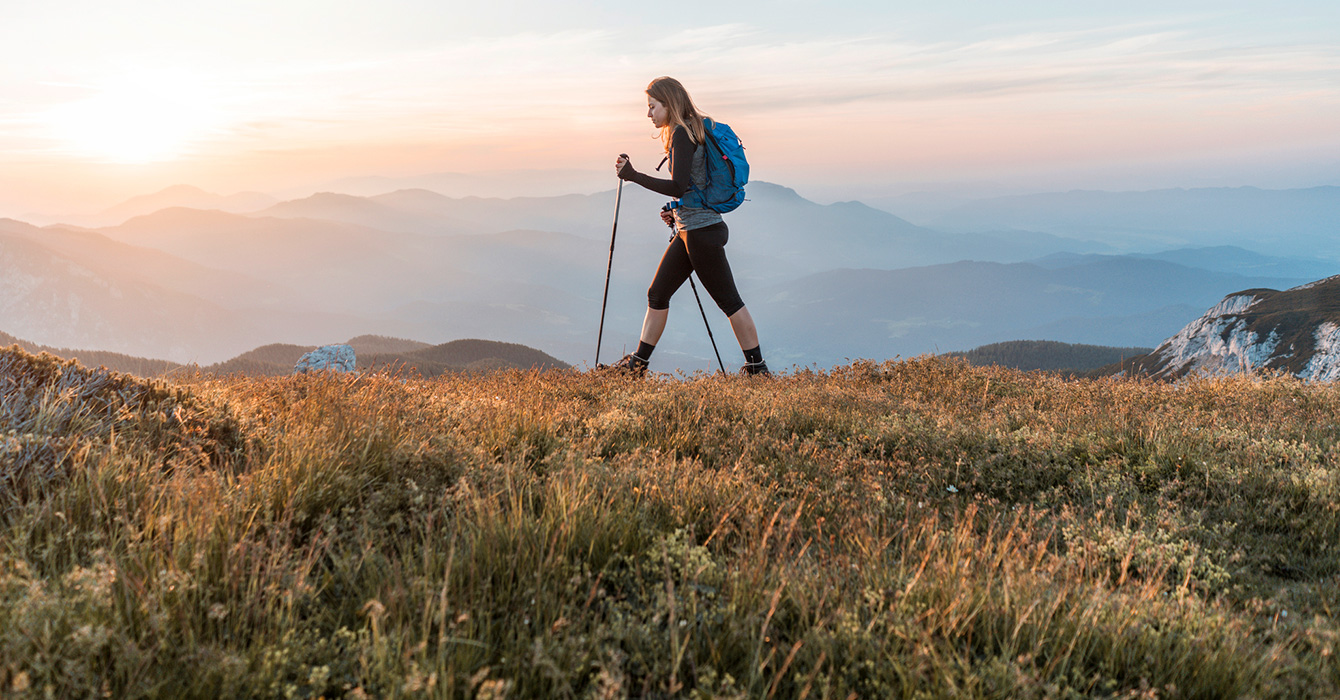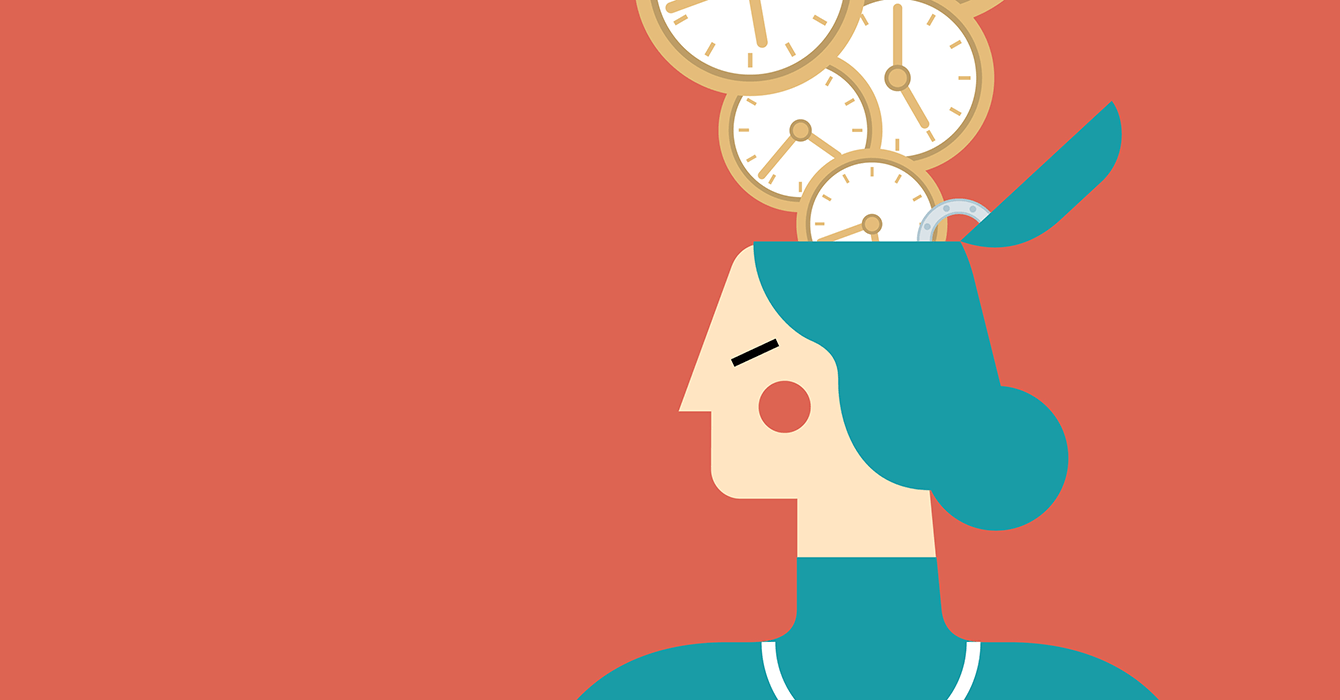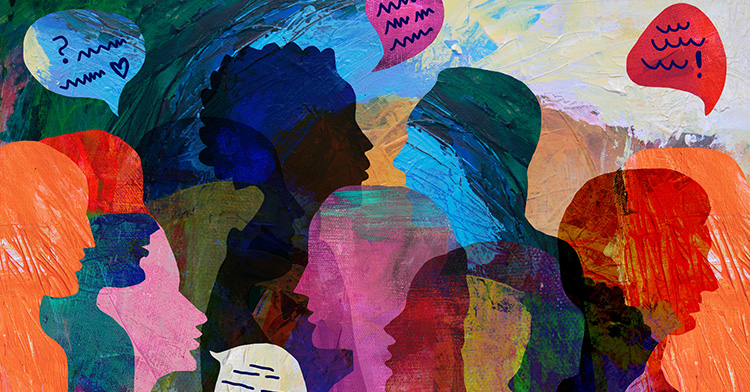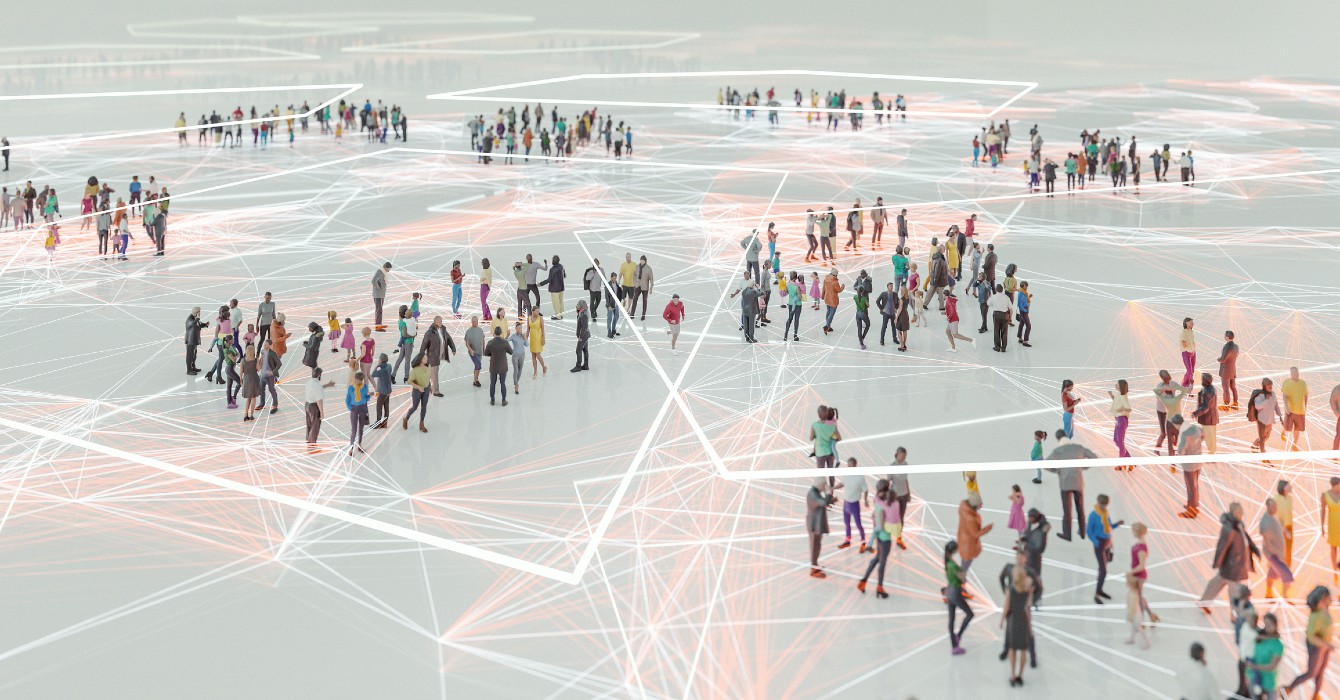I’m attempting to embrace slowness, incorporating it into my life where I can.
Last summer, I went on my first-ever backpacking trip in the mountains of Virginia. I remember the impatience that settled on me during the first couple of days as it became unavoidably clear that nothing, nothing about backpacking is efficient.
Going to the bathroom, getting drinking water, preparing meals, setting up a campsite — it all took so much (too much) time. I had pictured the backpacking experience as days full of hiking capped off with evenings around a campfire. Now I wondered whether there was a way we could speed up some of the other stuff in order to get to the “good parts” — the real backpacking parts that I’d anticipated.
By the third day or so, I got it. A backpacking trip is essentially life distilled to its core elements — eating, exercising, lodging, sleeping — and then deepened, done with care and intention. And backpacking was all of it, not just the “good parts.” There was no rush; we were already backpacking, after all.
That kind of thinking comes in handy for a novice backpacker, but how does it show up in a life overflowing with urgency — to-do lists and traffic and tasks demanding completion and attention, when there actually is a rush? Things like work deadlines and children’s bedtimes don’t respond well to the pace of life found on the Appalachian Trail.
I’ve encountered a couple of places, though, where I can lay down some inconvenient tracks that might lead to a better relationship with time.
For one, I’ve picked up a crochet hook again. I learned to crochet as a kid (there are still some unfinished handmade masterpieces in my childhood home) and then essentially forgot about it for years.
I got back into it during the cold pandemic winters of staying tucked away at home with no-fans-allowed NBA games playing on our TV. Some might say I got a little obsessed: I made hats for babies, hats for adults, vests and toys and a bandanna for my sister’s cat.
I’ve unraveled a few of the creations from my newfound crafting frenzy, but here’s the thing about a hobby like crocheting: you can’t make it go faster. Your fingers can speed up as you get more confident, of course, but unlike knitting, crochet cannot be replicated by machine. Crocheted items are always handmade. And they are an investment — of money for materials and also of time that you could have spent doing any number of other “productive” things more quickly.
I’ve found that when I sit down with my yarn, I’m saying “no” to the pressures of productivity and “yes” to the less efficient way of making clothes and gifts and more. A crochet designer I follow writes about the benefits of crochet as a calming, meditative practice: “The repetitive nature of crochet makes it possible for me to slow down my scattered thoughts and focus on what’s right in front of me.”
It’s a way of trusting that fastest does not always equal best, that there will be time enough to do the things I need to do. As my hands are moving, I can think and pray and offer up the control I never had anyway.
Another place to add some slowness to your days: in walking where you’re going when you can, even if (especially if!) it seems a little silly to do so. I’m lucky enough to live just about a mile and a half from my office, with an abundance of sidewalks and streetlights between home and work. I realize that’s not the case for many folks. But even with the pedestrian privileges I have, it would be so much faster, so much easier, save so much time to just drive there and park there and drive home at day’s end.
But some mornings, I sling on my backpack and head out the door much earlier, winding through house-lined streets and up the campus trail, past the Domino’s and the food co-op.
Walking to work means I have to be a bit more careful with how I go about my mornings, so that I can enjoy the unique pleasures of a slow commute, with all of its opportunities for listening and noticing.
Making things when you could buy them, taking the most leisurely way to work: these are the things I try to do. How might you squeeze slowness into your days?
It’s a way of trusting that fastest does not always equal best, that there will be time enough to do the things I need to do.















